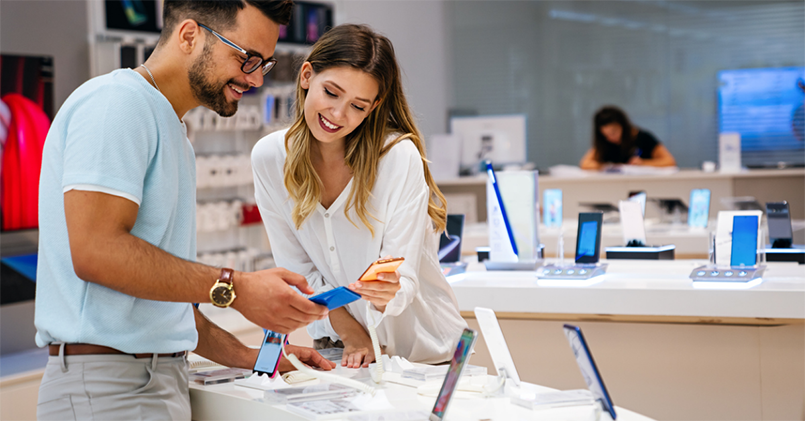Mobile and the Connected World
Minimizing E-Waste and Maximizing Value: Device Circularity as a Core Business Strategy
A Q&A with Rebekah Griffiths, Assurant’s VP of Product Management – Device Lifecycle Solutions on the impact of device circularity

Mobile and the Connected World
Minimizing E-Waste and Maximizing Value: Device Circularity as a Core Business Strategy
A Q&A with Rebekah Griffiths, Assurant’s VP of Product Management – Device Lifecycle Solutions on the impact of device circularity

Mobile and the Connected World
Corporate Life Hack: Use Generative AI and Machine Learning to Prioritize Human Connections
If human connection and AI or machine learning sound like oxymorons to you, you’re not alone. Here are three shifts in consumer expectations and the results we’ve seen while integrating generative AI (gen AI) and machine learning to meet new expectations.

Mobile and the Connected World
Why It's Harder than You Think to Meet the Growing Demand for Mobility Solutions
The growing demand for mobility solutions has created a gap in the way mid-market and enterprise companies manage their employee-issued technology.

Mobile and the Connected World
Q4 and 2023 Mobile Trade-In and Upgrade Industry Trends Report
Annual Mobile Trade-in and Upgrade Industry Trends report, saw a record-breaking amount of money returned to customers from mobile trade-in programs.

Mobile and the Connected World
Trade-in Trifecta: It’s a Win-Win-Win
It is possible to make the most out of the mobile device lifecycle. Trade-in programs are a win-win-win for all parties involved—consumers, mobile carriers, OEMs, large retailers, and cable operators—and they help protect the environment.

Mobile and the Connected World
Q3 2023 Mobile Trade-In and Upgrade Industry Trends Report
The Mobile Trade-In and Upgrade Industry Trends Report reveals that $999M was returned to U.S. consumers through trade-in programs helping to fuel a strong secondary market where pre-owned devices are in demand.
